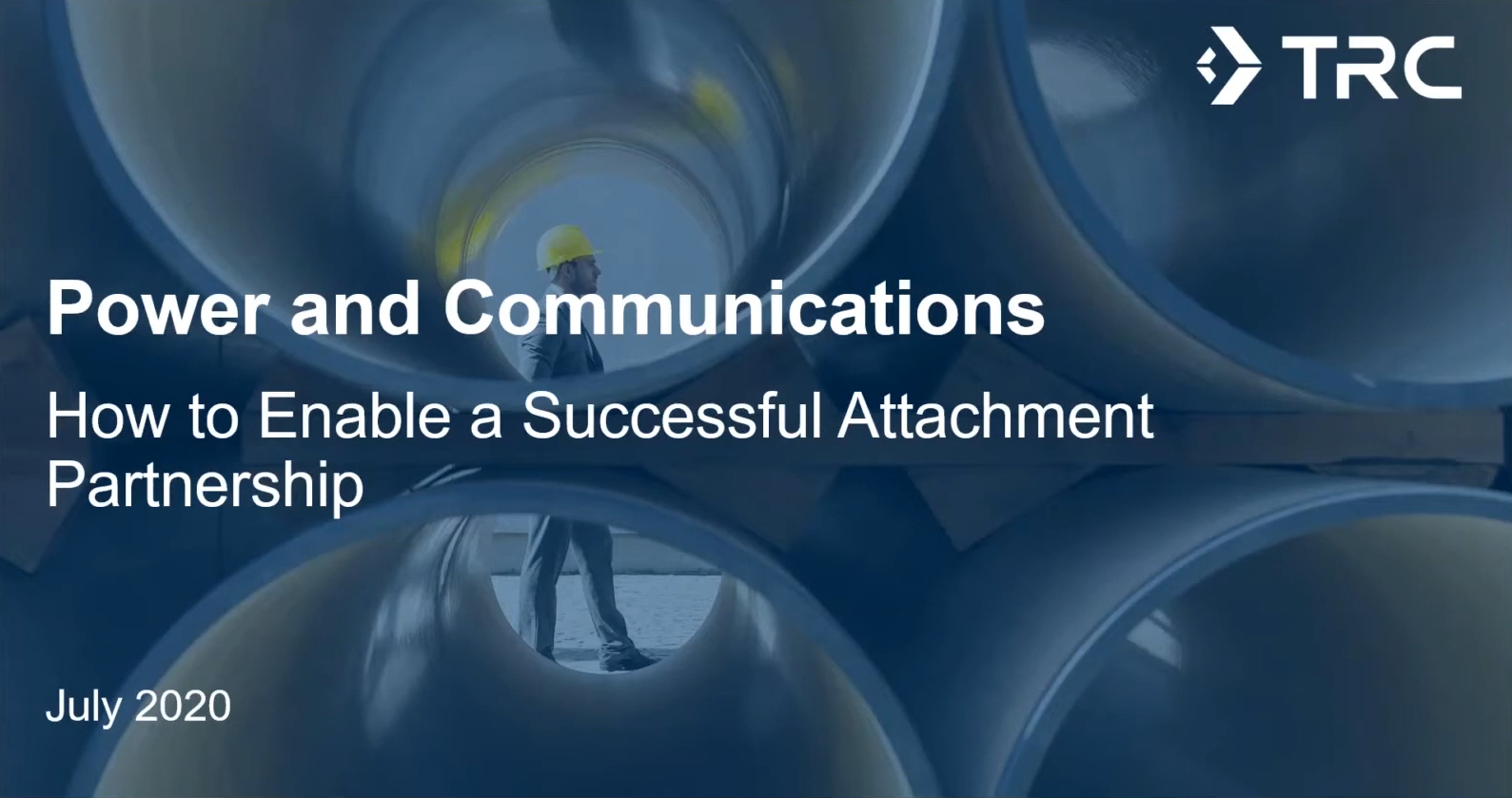Making the best engineering and cost case for your project is the first step to securing competitive rural broadband grants or loans. Give your proposal the best chance to succeed by outlining basic routing plans; incorporating feasibility studies that include market analysis, and “take rate” percentages; layout a detailed cost analysis; and account for high-level engineering or fiber design.
More than 20 percent of Americans live in rural communities where homes and business are spread far apart. These locations often have slower Internet connections and limited or no access to high-speed broadband, creating a digital divide and a disadvantage that impacts many areas of life and business. While the federal government is engaged in a concerted effort to accelerate rural broadband expansion through several funding initiatives, there are challenges to getting projects off the ground and implemented effectively. By avoiding common pitfalls and following key best practices, you can ensure success.
Wide Range of Funding Opportunities Kickstart Project Push
Reliable, affordable connectivity is vital for agriculture, manufacturing, mining, forestry, healthcare and education. Access to broadband technologies enables distance education, telemedicine, remote monitoring, interactive programming and more. Adoption in rural areas is linked to increased job and population growth, higher rates of new business formation, greater home values and reduced unemployment.
To speed the implementation of projects that will help remote communities unlock these benefits, several government agencies have announced and released rural broadband funding opportunities. More than $65 Billion for Broadband Equity, Access and Deployment was included in the 2021 Infrastructure Investment and Jobs Act. This includes $759 Million to be administered by the U.S. Department of Agriculture for high speed Internet access for rural electric cooperatives. The FCC’s Rural Digital Opportunity Fund is also supporting ongoing project awards.
Pitfalls Around Cost, Budget and Timeline are Common
Defaulting to underground, incomplete planning and improper budgeting are common pitfalls that can derail your project. To make the most of this unprecedented opportunity to advance rural broadband programs, it is crucial to account for all possible costs upfront. For example, undergrounding, while it comes with many benefits, can be three or four times more expensive. There may also be hidden costs to upgrade or “make ready” pole infrastructure to accommodate equipment attachments. Likewise, route selection and planning must be comprehensive to avoid losing time in approval processes and running into construction or deployment delays. Finally, accounting for pole selection and regulatory issues is essential to ensure smooth attachment agreement and implementation processes.
Best Practices for Project Planning
From locking in funding, to getting to know local officials and honing in on engineering, construction and data management details, there are a few key steps that are essential to broadband project success.
You can cut through red tape and avoid costly project opposition by fostering good will and agreements with all interested stakeholders, starting right from the planning stages. It is beneficial to understand any native land issues, railroad impacts or FCC permitting concerns that could arise. Building relationships with county commissioners and town officials can ease approvals and influence project success. Engaging a trusted consultant with long standing utility connections can provide insight into the key questions you are likely to be asked and prepare you to have the best responses.
From pole location and use issues, to points of connection, routing and permitting, rural broadband projects come with many engineering challenges. It may be helpful to have third party experts design a detailed engineering scope that addresses all critical issues including fiber size, make-ready processes, right-of-way access, environmental constraints and pole versus undergrounding requirements. Leveraging relationships with utility pole owners can help secure optimal pole locations and advance deployment. You will also need to translate your engineering design into detailed construction drawings – stamped by professional engineers.
You will need to write an RFP to select a construction firm if your project is funded. Planning ahead for what that solicitation needs to include, such as equipment specifications, vendor qualifications, review and selection processes and other bid details will help you get your project deployed faster and more efficiently.
Integrating details from construction drawings into a GIS database should be a process that is planned for at the outset. Once your broadband project is constructed, swiftly adding the new, related data into your internal mapping system will seamlessly integrate your portfolio and facilitate easier monitoring, greater operational efficiency and speedier maintenance in the future.

Next Steps
Broadband expansion is vital for so many Americans living and working in rural areas. The abundance of project funding opportunities makes this a prime time to plan new, impactful projects. Following a few best practices can go a long way to improving your chances of success. Partnering with trusted telecommunications engineering consultant like TRC will help you smoothly advance through the intricacies of planning all the way through to deployment, ensuring you meet your organizational and operational goals. Learn more about our solutions or contact us today.
Check out our webinar replay to learn more.








